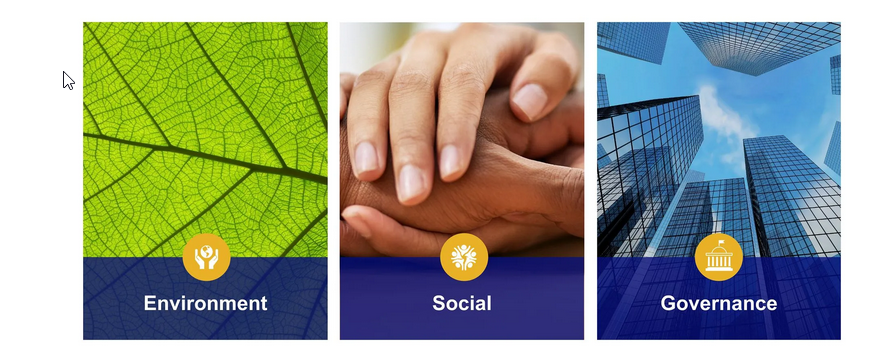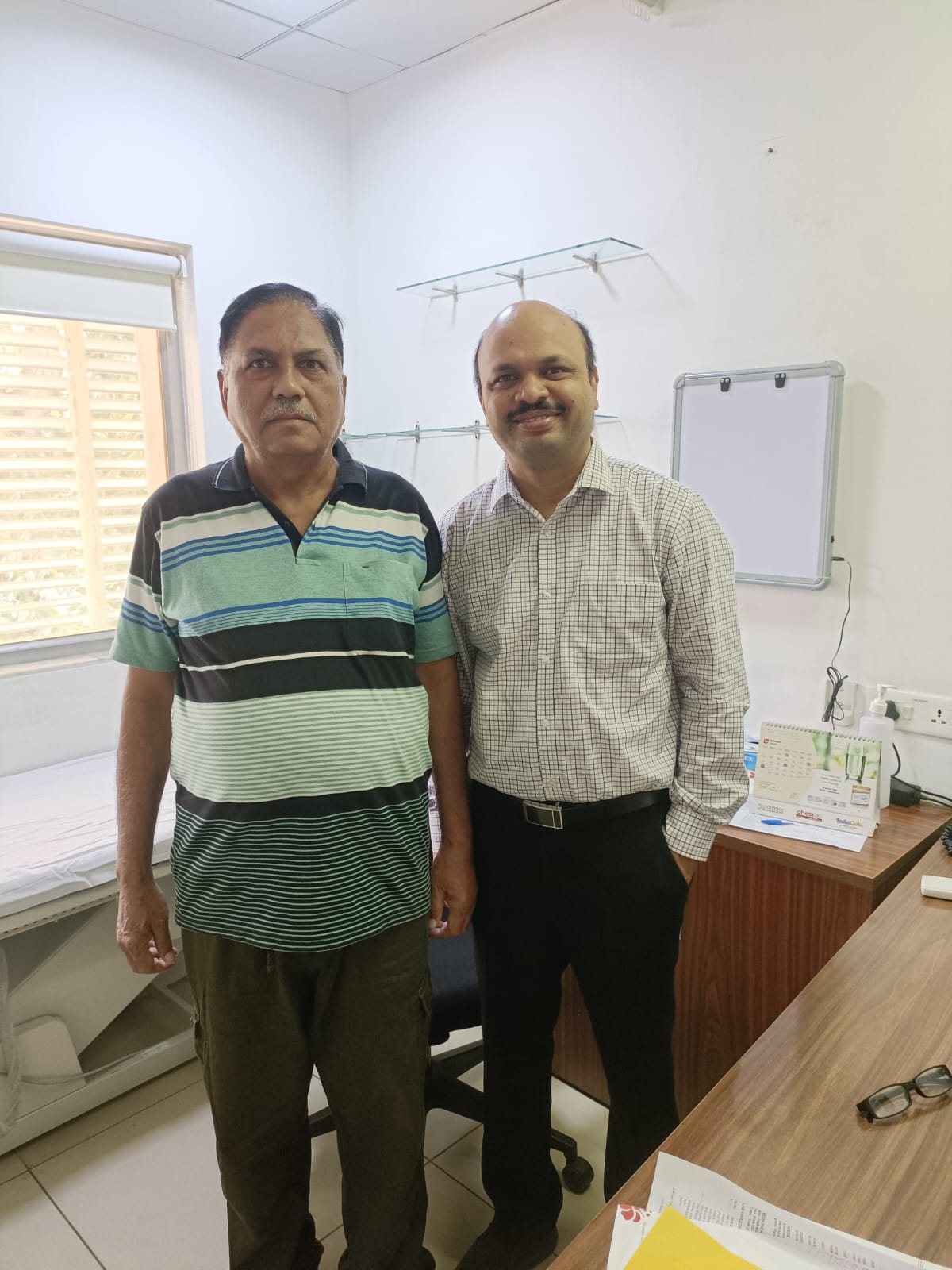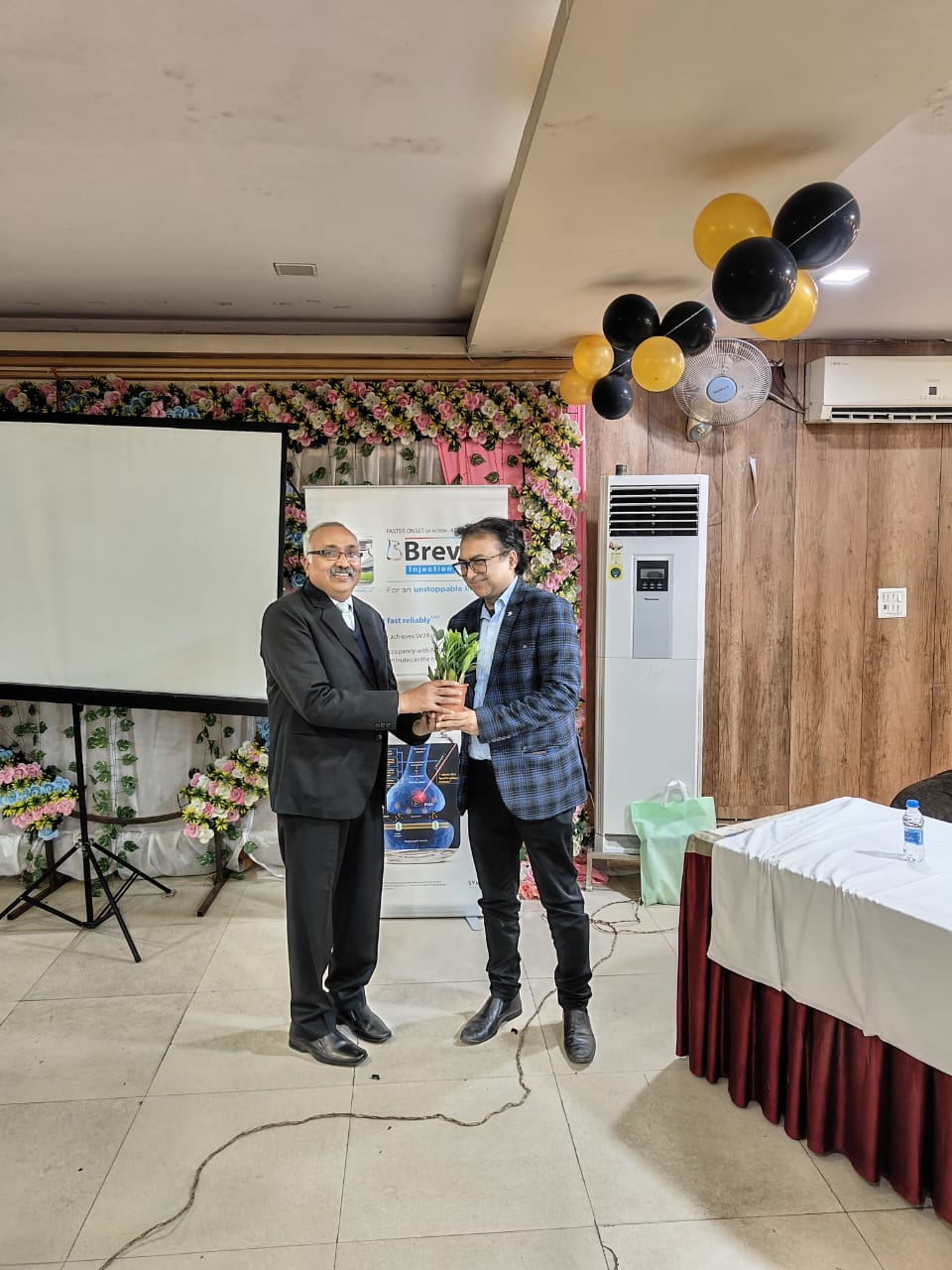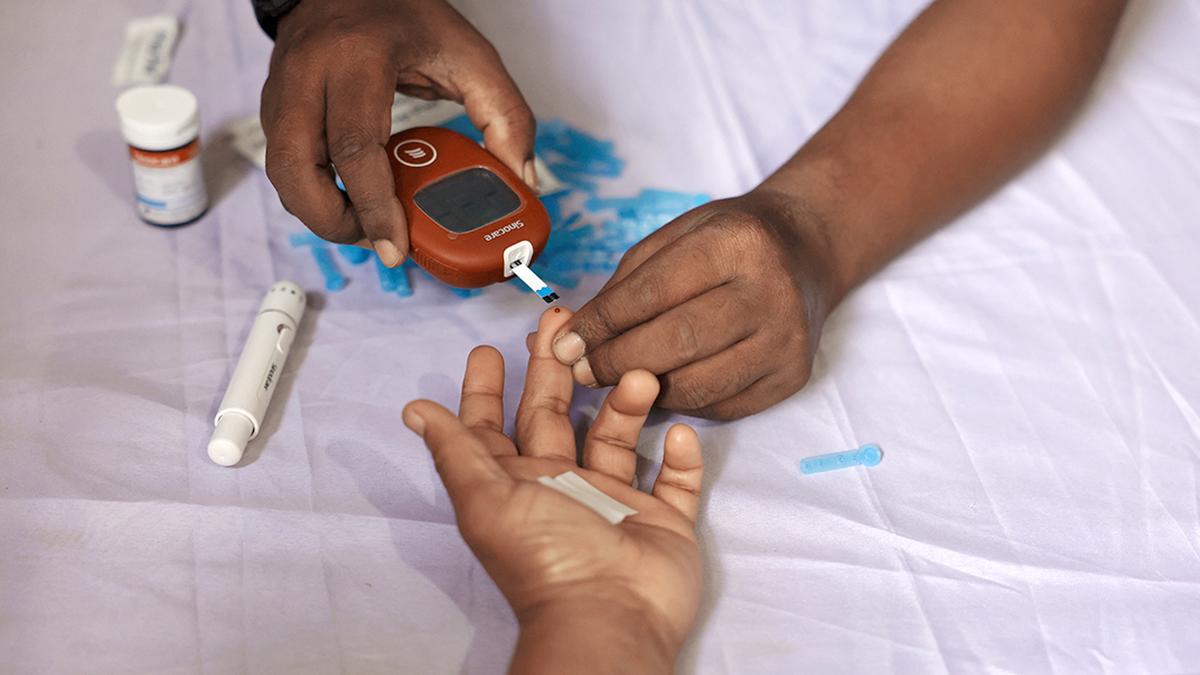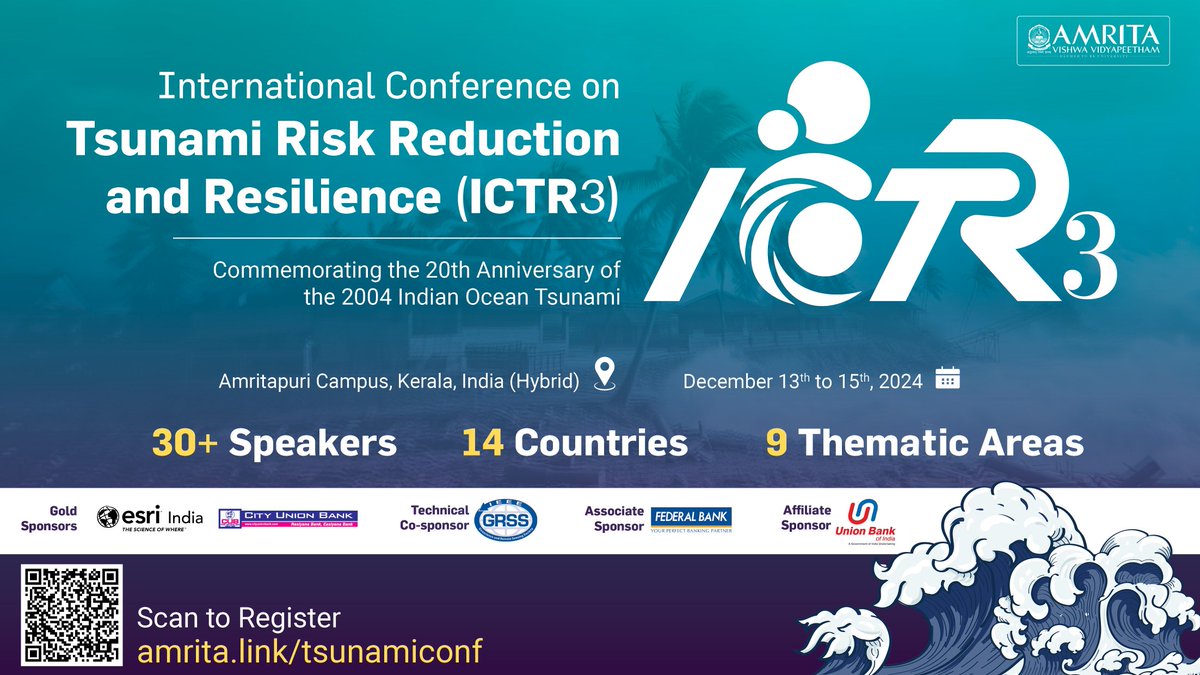Do you remember visiting a health care unit when you were younger? It was definitely not a swanky huge hospital but a modest friendly clinic we visited to discuss health issues with our family doctor, who was more of a Friend, Guide, philosopher, and a confidant!
Prashant Shedge, Healthcare Business Leader, has an experience of over 24 years that reflects pioneering & multi-disciplinary experience across functions to optimize the value chain of business. He is proficient in managing business operations encompassing customer relationship management, administration, market analysis, development of new markets, and market segments. He nudges the topic of how our family doctor setups are slowly disappearing creating a deficit of primary care establishments and that there is an urgent need to get them back.
Prashant says, “Our family doctor was the first we visited for our family’s health issues, who knew our entire medical history, right from immunization to all the allergies we had and we all grew up with him. He was the custodian of Primary healthcare,” he says. “How many times we landed up in the hospitals during that era? Occasionally, as compared to recent times, and that too after our family physician’s advise. But where is this custodian today? Are we not missing him, especially during this pandemic, where everyone is avoiding major hospitals to prevent the infection? We often see millennial visiting major hospitals for all minor routine ailments, without health issues getting filtered at primary level, which is unnecessarily burdening the secondary and tertiary hospitals with procedures and interventions which can easily be managed in a humble clinic,” he says.
This change in health culture has made our modest family doctors shut practice creating a deficit of primary care establishments. And now it’s time for all healthcare professionals and the society to put their heads up and work to bridge the gap between primary, secondary, and tertiary/ quaternary healthcare.
“A well balanced and integrated healthcare approach is the need of the hour to promote universal health coverage. In these testing times, we have realized that out of hospital care is much needed for the effective functioning of the patient care programs. Primary healthcare is the base of the health care system but the most neglected area. A huge investment is overdue to build a transparent and robust healthcare system in the country,” says Prashant.
Primary health care
Primary health care is the principal contact an individual has with the wellbeing framework when one has a medical issue. Primary health care is a whole-of-society approach to health and well-being centered on the needs and preferences of individuals, families, and communities.
- By giving consideration to primary health care in the entire health system, we will be able to address 90% individual and family wellbeing needs including a broader and extensive concept of general wellbeing and necessities pertaining to specific local communities.
- It gives the individual a notion of health, measures to address it, and through the life span, and not only for explicit unique illnesses.
- Primary health care guarantees individuals get far-reaching care - going from advancement and counteraction to treatment, recovery, and palliative consideration - as close as doable to individuals' ordinary conditions.
Article 25 of the Universal Declaration on Human Rights: “Everyone has the right to a standard of living adequate for the health and wellbeing of himself and of his family, including food, clothing, housing, and medical care and necessary social services.”
And primary health being the main pillar of the health care system, summons all the attention.
Role of Government
- Private clinics - The preexisting general practitioners should be provided with incentives in the form of tax subsidies, easy financial support, and subsidized equipment costs. They should be encouraged to continue the practice in the form of private clinic establishments.
- PPP model - There is a need to support private entities via Public-Private Partnership (PPP) to build a robust network of primary healthcare centers in urban and rural areas. An attempt to reduce the fragmentation of private providers in the health and to improve access to good quality affordable care should be made. Benchmarking of preexisting models like ‘Health spring Family Health experts’ catering to all family needs under a single roof should be encouraged.
Cater to all income groups- Government schemes like Ayushman Bharat has a component of Primary Health care and is a first major step in the direction to universal health coverage. However, it will be a welcome step if a scheme catering to the middle-income group is launched.
Challenges
- Awareness - Low wellbeing mindfulness in low instructive status, poor practical proficiency, low complement on training inside the medicinal services framework, and low need for health in the populace, among others.
- Access - Physical reach is one of the essential determinants of access, characterized as "the capacity to enter a healthcare facility inside 5 km from the spot of habitation or work". Using this definition, an investigation in India in 2012 found that in-country territories, just 37% of individuals had the option to get to IP offices inside a 5 km separation, and 68% had the option to access out-understanding facilities.
- Poor patient to doctor ratio - A 2011 study estimated that India has roughly 20 health workers per 10,000 population, with allopathic doctors comprising 31% of the workforce, nurses 30%, pharmacists 11%, AYUSH practitioners 9%, and others 9%.
- Low public spending - The budget allotment in healthcare services is meager. India spends around only 2% of its GDP on Healthcare.
Let us recognize these and challenges and prepare to meet them, remembering that the fight against ill-health is the fight against all that is harmful to humanity.
(Edited By Rabia Mistry)
References
- Verma S. Family Physicians are dying a Silent Death, India Today in New Delhi. 2012. Jun 18, [Last accessed on 2015 Dec 14].
http://www.indiatoday.intoday.in/story/family-physicians-are-dying-a-silent- death/1/201164.html
- Kumar R. (2016). Frequently asked questions about family medicine in India. Journal of family medicine and primary care, 5(1), 3–6. https://doi.org/10.4103/2249-4863.184615
https://www.who.int/news-room/fact-sheets/detail/primary-health-care 3
- https://www.who.int/docs/default-source/primary-health-care-conference/palliative.pdf?sfvrsn=ecab9b11_2
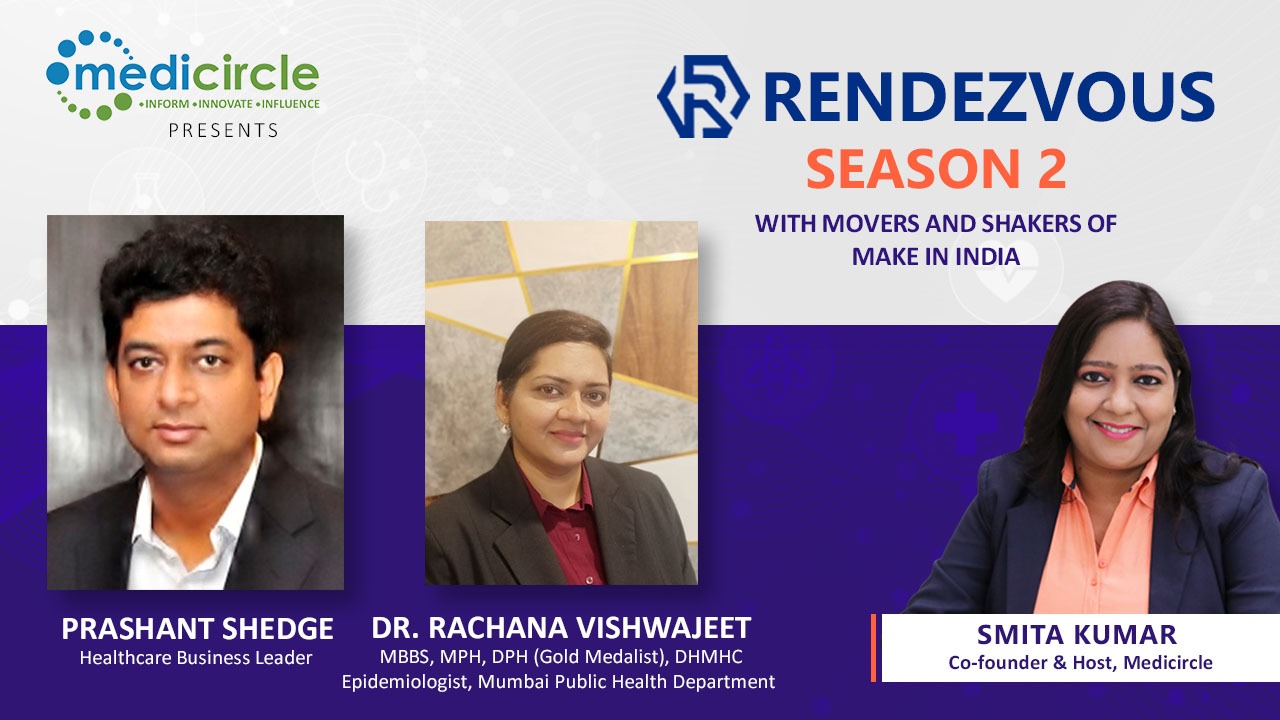
 “A well balanced and integrated healthcare approach is the need of the hour to promote universal health coverage,†says Prashant Shedge on the need for primary care establishments.
“A well balanced and integrated healthcare approach is the need of the hour to promote universal health coverage,†says Prashant Shedge on the need for primary care establishments.









.jpeg)


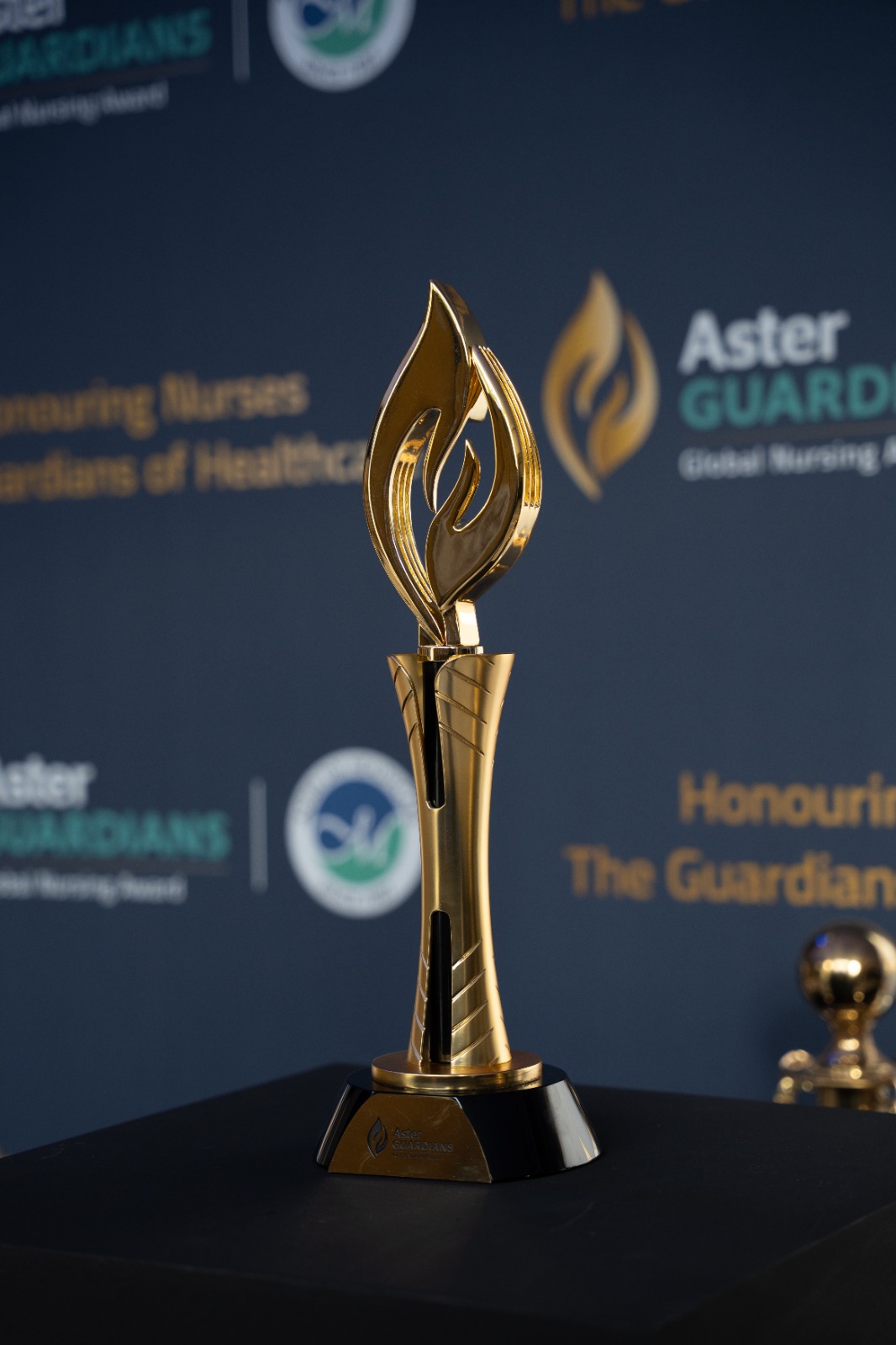
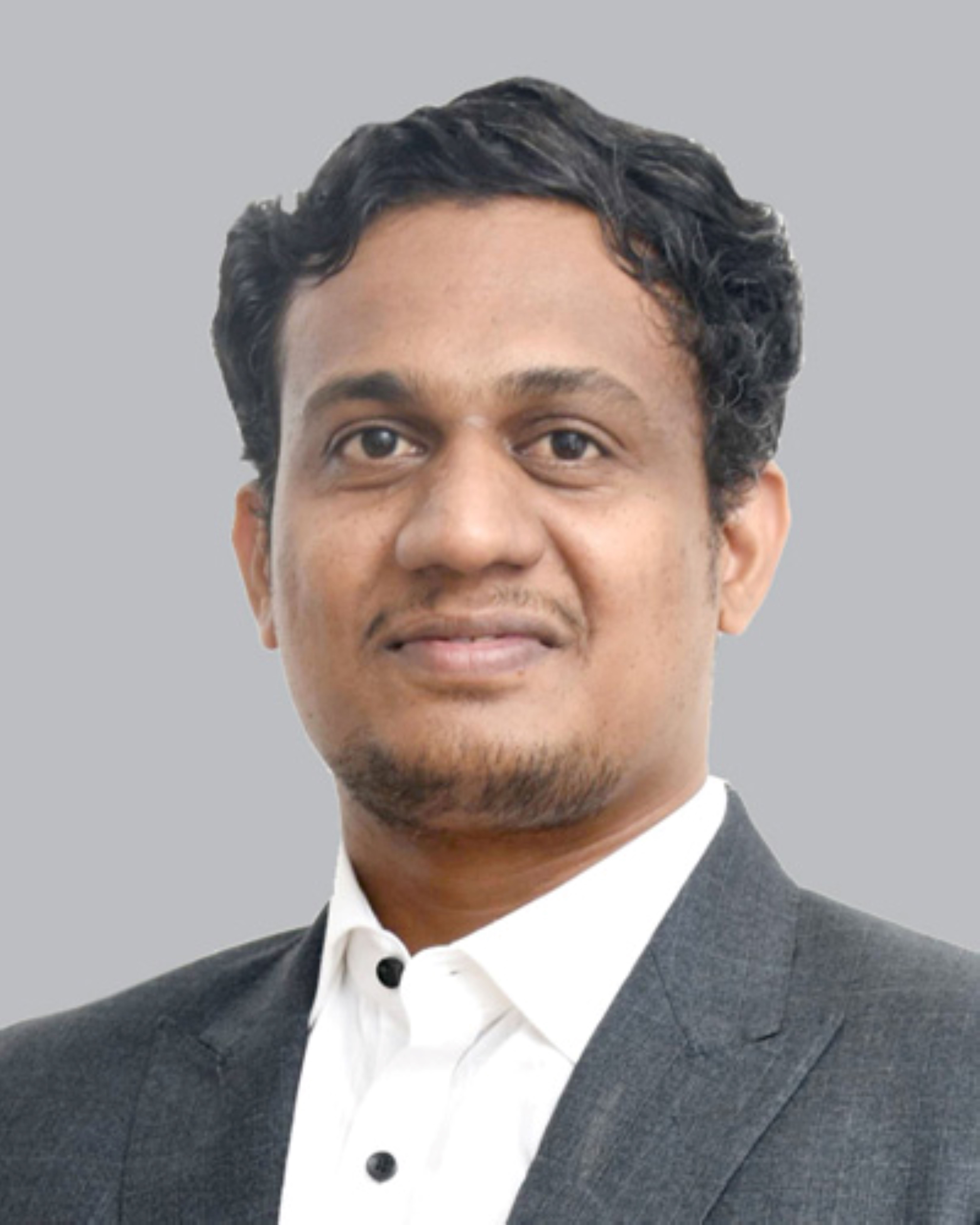
.jpeg)

.jpg)
